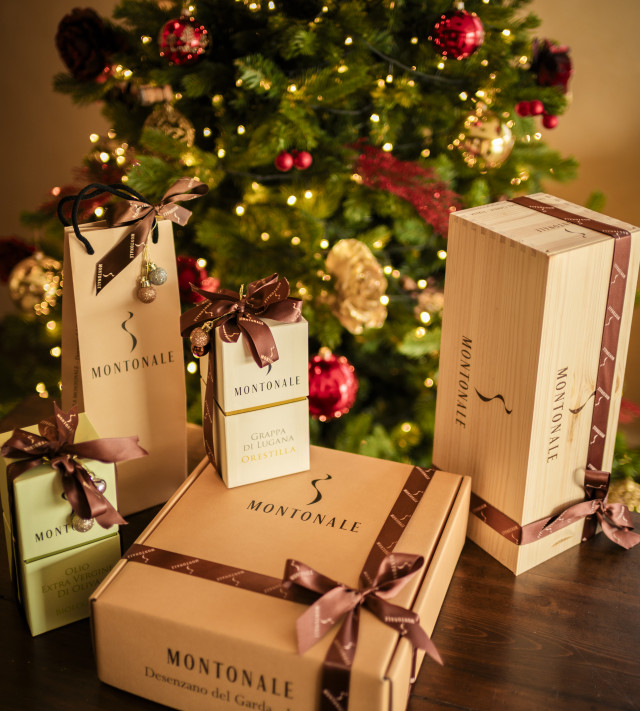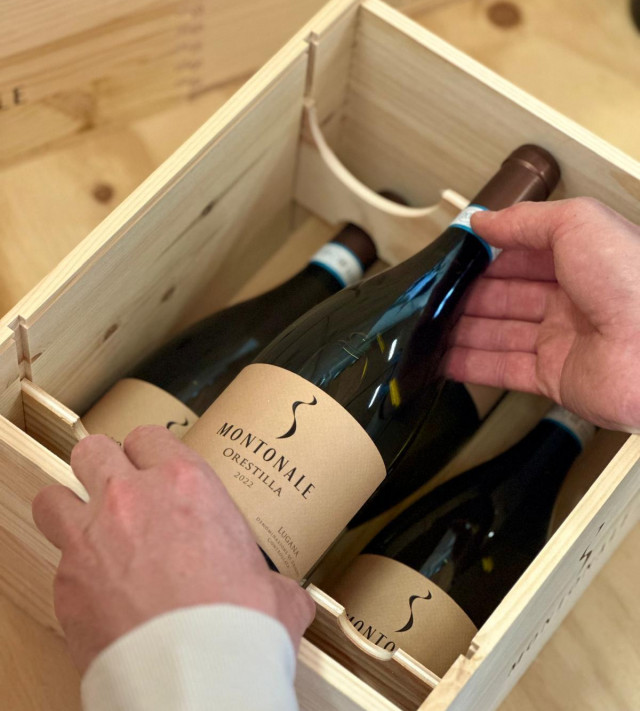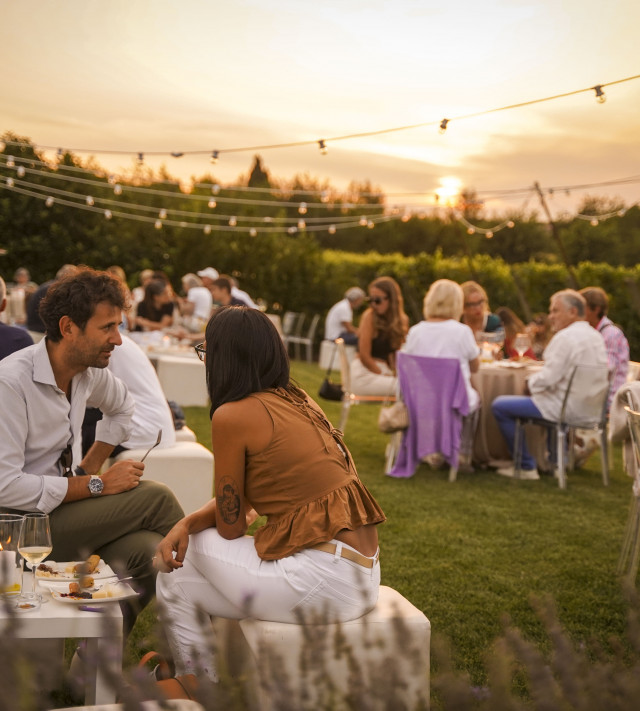When we started designing the new cellar in 2011, we moved towards bio-architecture: we wanted a sustainable building, just as the management of our vineyards, which was already sustainable.
The building is located in a north-south direction and on the roof, precisely on the pitch facing south, were placed photovoltaic panels for a nominal production of 96 kW.
This choice has given us great satisfaction: in the last year the installation produced 119.5 mW of energy, of which 41.9 was used for self-consumption and 77.6 sold to the grid. Translated into CO2 emissions, the figure is significant: 77.7 total tons saved for the environment in 2022 (conversion factor 0.65), of which 50.1 through transfer to the public network, and therefore to the community. Multiplying the data by the installation’s 11 years of activity, the tons saved are 850; to make a comparison, one hectare of forest absorbs about 22 tons of CO2 per year (Confagricoltura data).
That's not all: we were the first in Italy to equip the load-bearing walls of the cellar with a rice-straw coat. The system perfectly insulates the cellar and avoids the use of air conditioning systems; moreover, the perfect transpiration guaranteed by the natural material prevents the formation of mold which - especially for those who, like us, make wine with indigenous yeasts - represent a considerable problem.
To further facilitate the recirculation of air, horizontal slits have been positioned on the roof which take advantage of the ventilation that characterizes the microclimate of Lake Garda.
Simple but ingenious design choices which, while helping our daily work in the cellar, drastically reduce its impact on the environment.



